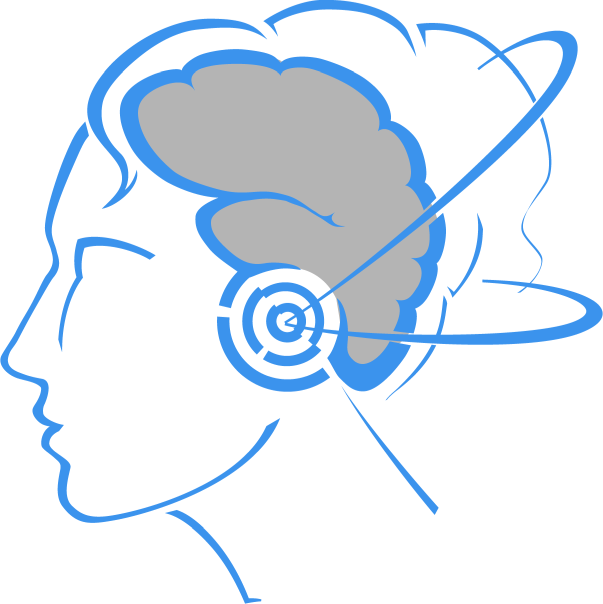Codes
In the spirit of open science, we strive to make datasets and codes available to the public. Codes are often posted on the lab's GitHub page, available here. Links to individual student repositories are also listed in their relevant papers.
Databases
- MSPB: a Multi-Sensor dataset with Phenotypic trait measurements from honey Bees. This dataset comprises multimodal data continuously collected between May-2020 and April-2021 from 53 hives located at two apiaries in Québec, Canada. The sensor data includes audio features, temperature, and relative humidity measured within the hives. The phenotypic measurements contained beehive population, number of brood cells (eggs, larva and pupa), Varroa destructor infestation levels, defensive and hygienic behaviors, honey yield, and winter mortality. The dataset is described in more detail in "Zhu, Y., Abdollahi, M., Maucourt, S., Coallier, N., Guimarães, H. R., Giovenazzo, P., & Falk, T. H. (2023). MSPB: a longitudinal multi-sensor dataset with phenotypic trait measurements from honey bees, Nature Scientific Data, in press, 2024; also accessible as arXiv preprint arXiv:2311.10876. Code and other information can be found at the project's webpage and Github repository.
- UrBAN: Urban Beehive Acoustics and PheNotyping Dataset. This dataset is described in "Abdollahi, Mahsa, Yi Zhu, Heitor R. Guimarães, Nico Coallier, Ségolène Maucourt, Pierre Giovenazzo, and Tiago H. Falk. "UrBAN: Urban Beehive Acoustics and PheNotyping Dataset." arXiv e-prints (2024): arXiv-2406" (under review in Nature Scientific Data). This is a multimodal dataset obtained from a honey bee colony in Montréal, Quebec, Canada, spanning two years (2021-2022). The apiary is comprised of 10 urban rooftop beehives, with microphone recordings covering more than 2000 hours of high quality raw audio, as well as sensors capturing in-hive temperature and humidity. Periodic hive inspections involved monitoring colony honey bee population changes, assessing queen-related conditions, and documenting overall hive health. Varroa mite infestation rates and winter mortality assessments have also been recorded. The dataset's GitHub repository also provides additional details.
- PhySyQX: This dataset is described in [C92] "R. Gupta, H. Banville, T. Falk, PhySyQX: A Database for Physiological Evaluation of Synthesized Speech Quality-of-Experience, IEEE Workshop on Applications of Signal Processing to Audio and Acoustics (WASPAA), 2015." The multi-modal database was developed for neuro-physiological identification of the human factors which influence user perceived QoE and also to probe into the users' internal quality formation processes. The database utilizes neuro-physiological tools, such as electroencephalography and functional near infrared spectroscopy, to record users' brain activity while experiencing synthesised speech produced from various commercially available TTS systems.
- PASS Feature Dataset or the PASS Raw Dataset: This dataset is described in [J88] "M. Parent, I. Albuquerque, A. Tiwari, R. Cassani, J. Gagnon, D. Lafond, S. Tremblay, and T. Falk, PASS: A Multimodal Database of Physical Activity and Stress for Mobile Passive Body/Brain-Computer Interface Research, Frontiers in Neuroscience, 14:542934, Dec. 2020." This is a multimodal database of Physical Activity and StresS collected from 48 participants. Participants performed tasks of varying stress levels at three different activity levels and provided quantitative ratings of their perceived stress and fatigue levels. To manipulate stress, two video games (i.e., a calm exploration game and a survival game) were used. Peripheral physical activity (electrocardiography, electrodermal activity, breathing, skin temperature) as well as cerebral activity (electroencephalography) were measured throughout the experiment. The PASS database, including raw data, extracted features, and subjective ratings is available.
- WAUC Dataset: This dataset is described in [J87] "I. Albuquerque, A. Tiwari, M. Parent, J. Gagnon, D. Lafond, S. Tremblay, and T. Falk, “WAUC: A Multi-Modal Database for Mental Workload Assessment under Physical Activity”, Frontiers in Neuroscience, 14:549524, Dec. 2020." This multimodal database of mental Workload Assessment Under physical aCtivity was collected from 48 participants who performed the NASA Revised Multi-Attribute Task Battery II under three different activity level conditions. Physical activity was manipulated by changing the speed of a stationary bike or a treadmill. During data collection, six neural and physiological modalities were recorded, namely: electroencephalography, electrocardiography, breathing rate, skin temperature, galvanic skin response, and blood volume pulse, in addition to 3-axis accelerometry. Moreover, participants were asked to answer the NASA Task Load Index questionnaire after each experimental section, as well as rate their physical fatigue level on the Borg fatigue scale. In order to bring our experimental setup closer to real-world situations, all signals were monitored using wearable, off-the-shelf devices. In this paper, we describe the adopted experimental protocol, as well as validate the subjective, neural, and physiological data collected. The WAUC database, including the raw data and features, subjective ratings, and scripts to reproduce the experiments are available here.
